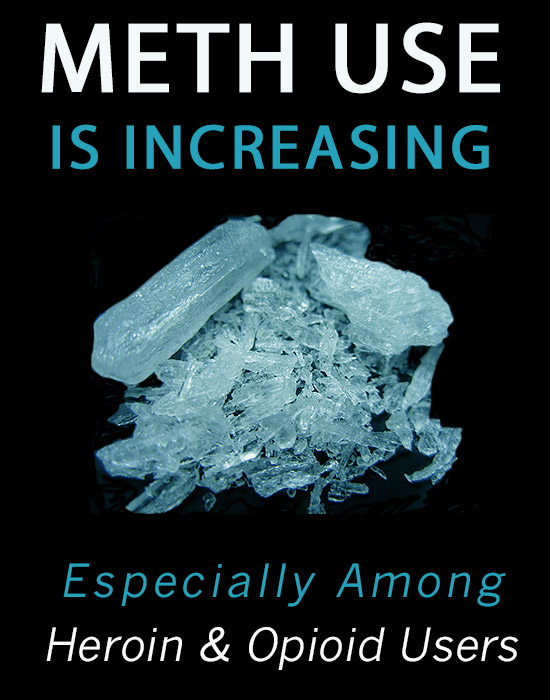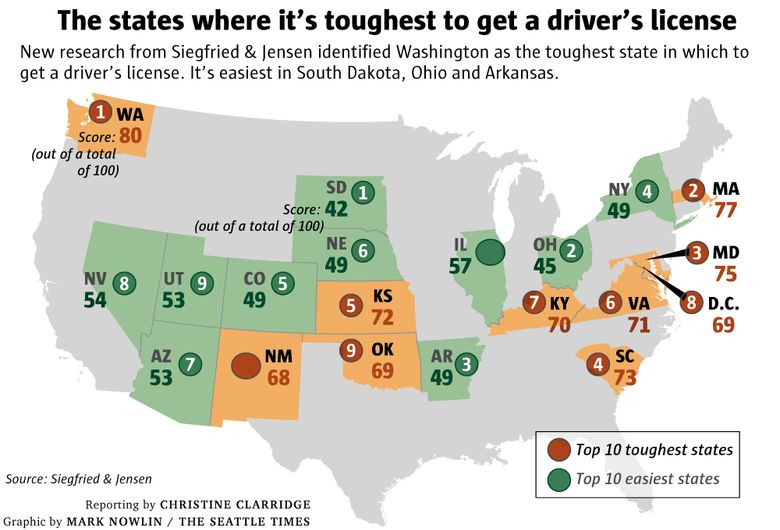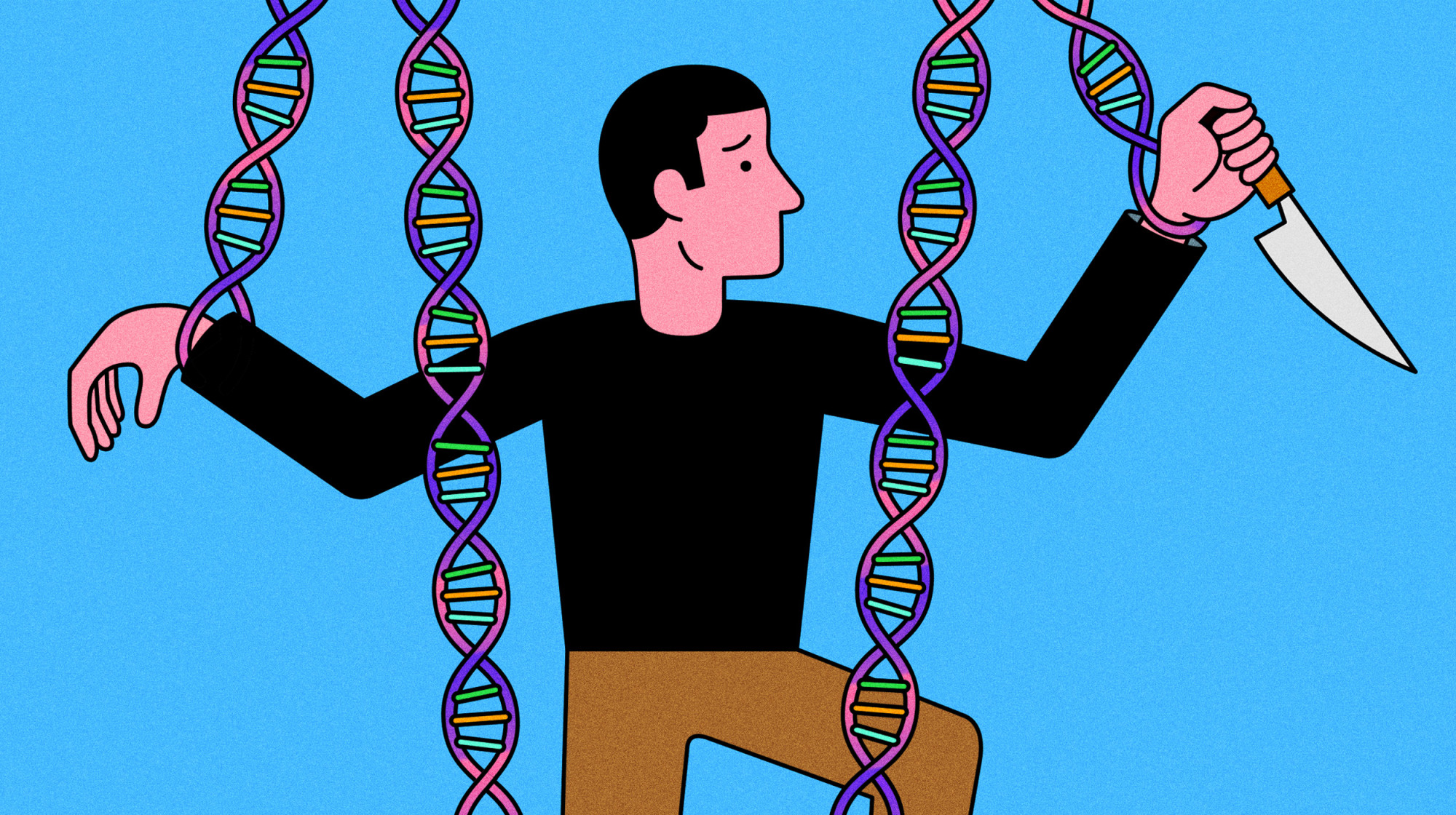
Great article in Bloomberg by Chris Dolmetsch, Edvard Pettersson and Christopher Yasiejko reports that in the largest U.S. cities, crime has dropped since the Coranavirus Pandemic.
In short, car thefts and store robberies are spiking in some municipalities even as crime overall — especially violent offenses — dropped in 10 of the 20 most populated cities, more than halving in San Francisco alone, according to data analysis from 10 major cities.
“It’s just a reflection of reduced opportunities for these kind of events,’’ said Daniel Nagin, a criminologist and professor of public policy at the H.J. Heinz School of Public Policy and Management at Carnegie Mellon University in Pittsburgh. “In the case of murders, these often occur in public places in bars and things like that. With those kinds of activities shut down there’s less social interaction.
Car theft is surging New York city, up 49% for the week ended April 12 as compared to the same period a year earlier. It’s risen 53% over the past month and more than 63% year to date. Car theft was the only major crime to show an increase in Los Angeles, rising 11.3% for the the 28 days ending April 11 from the previous period.
Burglaries are also on the rise in New York, up 26% year-to-date as compared to the same period in 2019. In the week ended April 12, they more than doubled in the southern half of Manhattan, where many stores are now unoccupied. Burglaries jumped almost 34% in Denver in March amid a growing number of break-ins at marijuana dispensaries. In Philadelphia, burglaries were down 6.7% overall, with residential break-ins falling 25% as more people stay home, but unoccupied businesses were hit hard, with commercial burglary rising 71%.
Robberies and burglaries dropped more dramatically in Los Angeles than some other major U.S. cities, perhaps because it closed non-essential businesses and told people to stay at home earlier than other cities, said Charis Kubrin, a professor of criminology at the University of California, Irvine.
“Property crimes are crimes of opportunity and with most businesses closed, there are simply fewer opportunities.” ~Charis Kubrin, Professor of Criminology
Each of the 10 major cities that provided data are showing a decline in rapes and sexual assaults, with San Francisco posting the biggest drop — more than 50% — as compared to the same period a year earlier.
For the most part, murders are on the decline, and in cities showing a rise the numbers are low to begin with. A 25% increase in Austin, for example, is the result of one additional homicide, with the number rising from four to five.
“There are fewer opportunities for young people to get together . . . So there’s less chance when there’s alcohol involved for arguments to get out of hand and to result in assaults or homicides.” ~Charis Kubrin, Professor of Criminology
According to the article, most cities are showing a decline in assaults, following the trend in other violent-crimes categories. Notably, the drop-off comes even after the release from prison of thousands of non-violent offenders. That may show that many such offenders need not have been put in jail to start with.”
Theft is also down across the board in the cities surveyed. But Kubrin said the drop in street crime may be followed by an increase in white-collar crime, such as price gauging and online fraud. “Opportunities have shifted from the street to online,” she said.
Please contact my office if you, a friend or family member face criminal charges. Hiring a competent and experienced criminal defense attorney is the first and best step toward justice.















